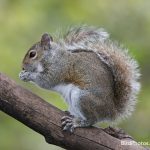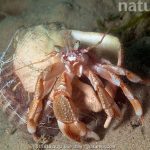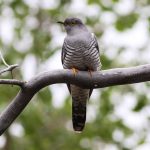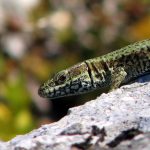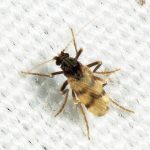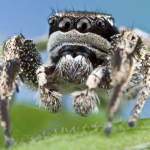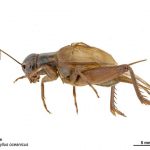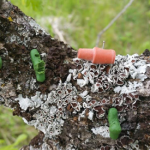This gallery contains 4 photos.
You see them everywhere – perching in the tree, running across the road, fumbling around in the trash… There might even be moments when they would stop chewing on their acorn, and look up at you, staring right into your … Continue reading

